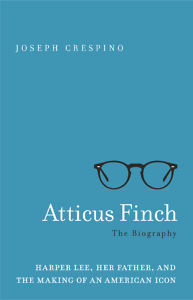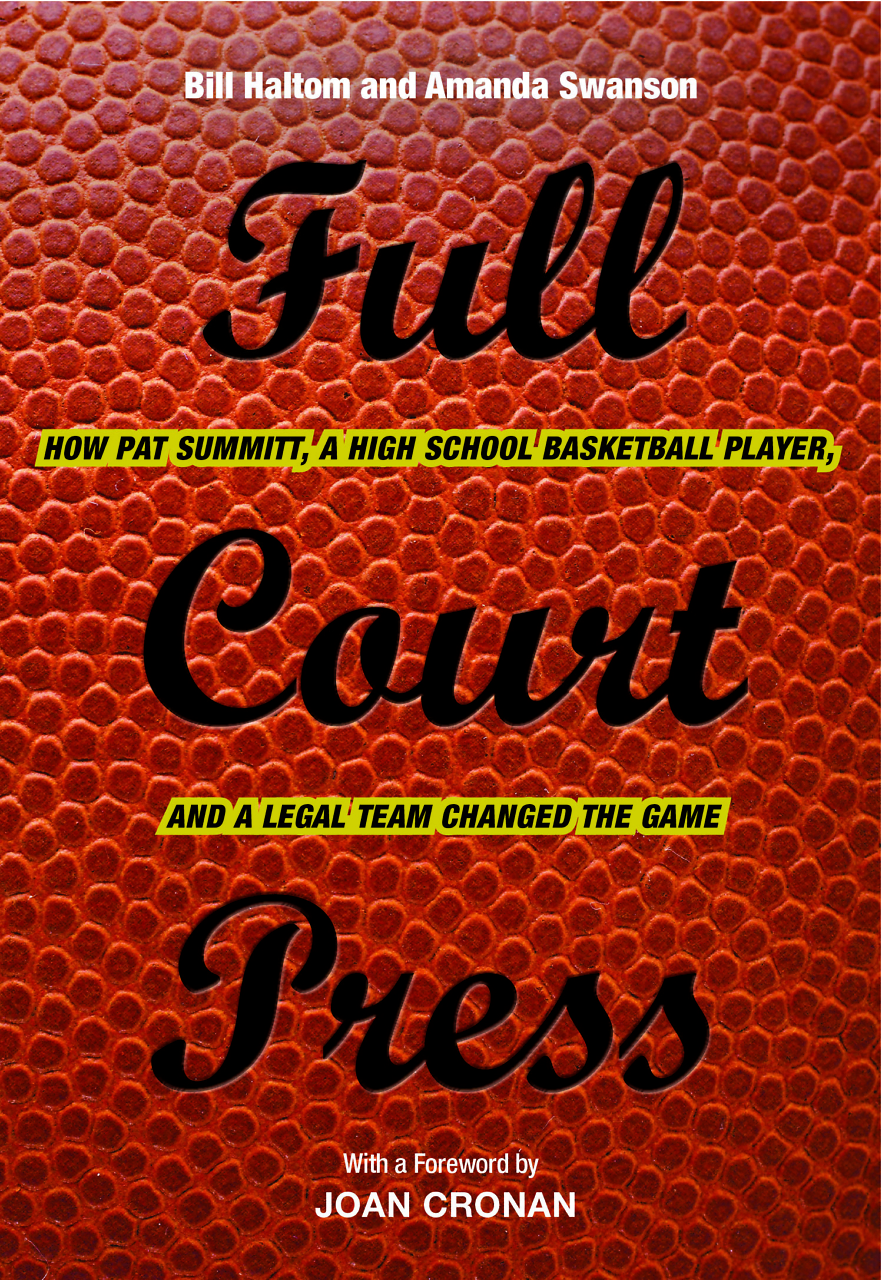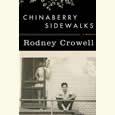Paternalist or Hero?
Joseph Crespino’s Atticus Finch is the biography of an iconic character
“You know the definition of a Southern moderate?” Dick Gregory used to joke. “That’s a cat that’ll lynch you from a low tree.” Amidst the civil-rights revolution, black leaders grew frustrated with whites who opposed virulent racists but still favored social stability over substantive change. Among the general public, however, the figure of the “principled white Southerner” stoked popular fascination. In Atticus Finch: The Biography, Joseph Crespino interrogates the complex history of this political character through its beloved, bedeviling archetype in literature and film, as well as its real-life inspiration.

Generations of Americans have admired To Kill a Mockingbird‘s Atticus Finch, the noble lawyer who defends a black man unjustly accused of rape in small-town Alabama. They have devoured Harper Lee’s Pulitzer Prize-winning novel of 1960 and adored the 1962 film starring Gregory Peck.
In 2015, Atticus jumped back into the spotlight with the publication of Lee’s Go Set a Watchman. This discarded manuscript, which had sat in a safe-deposit box in Monroeville, Alabama, for more than fifty years, featured a different Atticus Finch. This Atticus grumbled about racial integration and joined the White Citizens’ Council. If he had read it, Dick Gregory might have smirked.
Crespino, the Jimmy Carter Professor of History at Emory University, deftly situates both Mockingbird and Watchman in Southern political history. Most vitally, he investigates the ideology of A.C. Lee, the father of the novelist and the muse for Atticus Finch. Employing the elder Lee’s many editorials in The Monroe Journal, Crespino portrays a man who eschewed the crude race-baiting of his fellow white Alabamians.
But A.C. Lee was a conservative in the classic sense, decrying federal intervention in state affairs. He turned against the New Deal in the late 1930s, and by the 1940s he opposed universal suffrage, too, preferring the “leadership of an intelligent electorate,” according to Crespino. He had a sense of paternalistic superiority over African Americans.
As the civil-rights movement gained momentum, Harper Lee wrestled with her father’s mindset, even as she resented Northern liberals’ condescension toward white Southerners. Go Set a Watchman, which she started writing in 1957, was set in the time in which she was writing. In that book, Jean Louise, the character she based on herself, understands that Jim Crow laws are immoral. She argues with her father, Atticus, who shares the racial elitism of A.C. Lee.
 But the book also imparts a larger message that a segregationist could still be principled. Atticus joins the White Citizens’ Council to avoid its domination by lowly, vicious types. He employs a “strategic paternalism” with local blacks to keep away civil-rights agitators. He might despise the Supreme Court’s 1954 Brown decision, Crespino writes, “yet Harper Lee believed him to be the kind of reasonable, responsible Southerner that the nation needed if the South was going to adapt peacefully.”
But the book also imparts a larger message that a segregationist could still be principled. Atticus joins the White Citizens’ Council to avoid its domination by lowly, vicious types. He employs a “strategic paternalism” with local blacks to keep away civil-rights agitators. He might despise the Supreme Court’s 1954 Brown decision, Crespino writes, “yet Harper Lee believed him to be the kind of reasonable, responsible Southerner that the nation needed if the South was going to adapt peacefully.”
Publishers initially spurned Go Set a Watchman. Not only did it lack narrative tension, but it also painted a confused portrait of Atticus Finch. Lee solved the problem by starting anew. To Kill a Mockingbird is set in the 1930s, when her narrator was a child. In this version, Atticus becomes the warm-hearted, honorable father who later resonated with the Baby Boom generation. In that book, Lee only alludes to his political ideology. Atticus’s human decency and respect for the law take center stage.
The Hollywood version of Mockingbird elevated Atticus Finch into an icon while also stripping him of his complexity. Gregory Peck insisted upon a heroic character, a noble man working in opposition to the no-count racists who tar Southern society. The movie erased the final vestiges of the actual A.C. Lee, replacing him with “the handsome, dignified, blandly white face of mid-twentieth-century liberalism.”
Crespino sets Mockingbird alongside a classic piece of literature from the same historical moment: Martin Luther King’s “Letter from Birmingham Jail.” That document, as King himself put it, is a critique of “the white moderate who is more devoted to ‘order’ than to justice.” African Americans were protesting with body and soul-exactly the kind of action that would have chagrined A.C. Lee. Ironically, in King’s subsequent book, Why We Can’t Wait, he cited Atticus Finch as a model for white people-a man acting from moral force.
Crespino’s smart, graceful “biography” makes it clear that Atticus Finch was born out of Harper Lee’s agonizing ambivalence about her father’s conservatism: she could never square the actual A.C. Lee with any real commitment to racial justice.

Aram Goudsouzian chairs the history department at the University of Memphis. His most recent book is Down to the Crossroads: Civil Rights, Black Power, and the Meredith March Against Fear.


